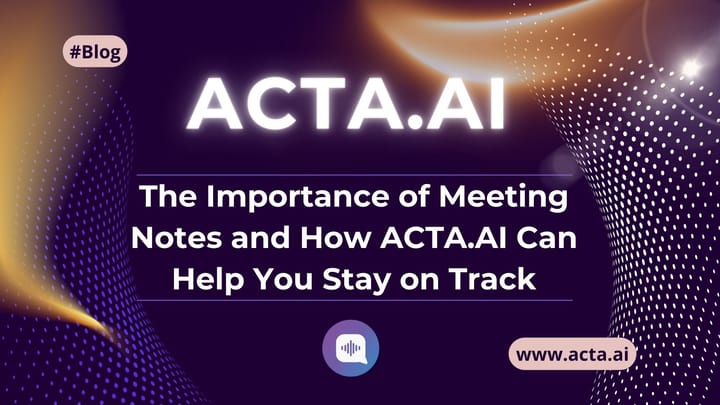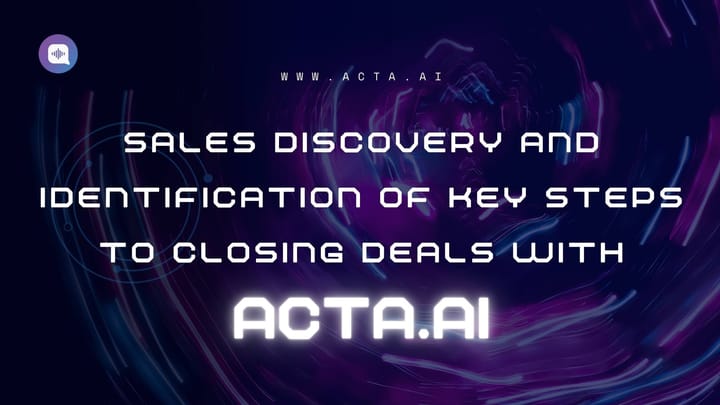How Meeting Transcription Tools Are Transforming Team Collaboration in 2024

In 2024, businesses and teams are more dispersed, dynamic, and digitally driven than ever before. With hybrid work models and remote collaboration becoming the norm, the ability to communicate effectively and keep everyone aligned is essential. Among the many tools that have emerged to bridge gaps in communication and enhance productivity, meeting transcription tools are playing a transformative role in reshaping team collaboration.
Let’s explore how these transcription tools are changing the way teams work together in 2024.
How Meeting Transcription Tools Are Transforming Team Collaboration in 2024
In 2024, businesses and teams are more dispersed, dynamic, and digitally driven than ever before. With hybrid work models and remote collaboration becoming the norm, the ability to communicate effectively and keep everyone aligned is essential. Among the many tools that have emerged to bridge gaps in communication and enhance productivity, meeting transcription tools are playing a transformative role in reshaping team collaboration.
Let’s explore how these transcription tools are changing the way teams work together in 2024.
1. Capturing Every Detail with Accuracy
In any meeting, especially those where critical decisions are made, capturing every point accurately is crucial. In traditional meetings, note-taking often leads to missed details, misinterpretation, or even incomplete documentation.
Meeting transcription tools solve this problem by providing real-time transcription, ensuring that every word spoken is captured with precision. This eliminates the need for participants to take notes, allowing them to fully engage in the discussion while the tool documents everything. With advances in AI and machine learning, transcription accuracy has significantly improved in 2024, making these tools reliable for even the most complex conversations.
Key Benefits:
- Eliminates the risk of missing important points
- Reduces the need for manual note-taking
- Provides an accurate record for future reference
2. Boosting Accessibility and Inclusivity
Meeting transcription tools have been instrumental in creating more inclusive and accessible work environments. For employees who are hearing impaired or for those who may not be fluent in the meeting’s spoken language, transcriptions offer a clear, text-based reference. This enhances their ability to participate and stay aligned with the rest of the team.
Additionally, many transcription tools in 2024 offer multi-language support and can provide real-time translations. This enables teams across different regions to collaborate seamlessly without language barriers becoming an issue.
Key Benefits:
- Ensures meetings are accessible to all team members
- Supports diverse teams with translation features
- Promotes inclusivity in international collaboration
3. Simplifying Post-Meeting Follow-Ups
After meetings, follow-up tasks and action items can easily get lost in a sea of emails or Slack messages. Transcription tools help by providing a clear and organized summary of the meeting, including decisions made, action points, and deadlines.
With many transcription tools offering keyword tagging and highlight features, key sections of the meeting can be easily identified and revisited. This makes it simple to track progress and ensures that no action item is overlooked.
Key Benefits:
- Streamlines follow-up processes with organized summaries
- Highlights important decisions and action items
- Makes it easy to reference key points in future meetings
4. Enhancing Productivity with Searchable Meeting Archives
As teams grow and meetings become more frequent, the sheer volume of discussions can make it difficult to keep track of important information. In 2024, meeting transcription tools allow teams to create searchable meeting archives where any previous discussion can be instantly retrieved by simply searching for keywords or phrases.
This is especially useful for long-term projects where multiple meetings might span several months. Instead of sifting through hours of video recordings, team members can quickly pull up the relevant text to revisit discussions or decisions.
Key Benefits:
- Saves time by making meeting content easily searchable
- Reduces the need to rewatch lengthy video recordings
- Ensures long-term projects stay on track with easily accessible records
5. Optimizing Remote and Hybrid Work
With remote and hybrid work models continuing to dominate in 2024, asynchronous communication has become a key element of team collaboration. Meeting transcription tools help bridge the gap between real-time and asynchronous work, enabling employees who couldn’t attend the meeting to catch up by simply reading the transcription.
In fast-paced environments, this reduces the dependency on live meetings and makes it easier for distributed teams to collaborate across different time zones. It also promotes better work-life balance by allowing employees to engage with meetings at their convenience.
Key Benefits:
- Supports asynchronous communication for remote teams
- Minimizes the need for synchronous meetings
- Enables global teams to collaborate across time zones
Conclusion
In 2024, meeting transcription tools have become an indispensable part of team collaboration, offering a range of benefits that help businesses work smarter, not harder. From capturing every detail accurately to enhancing inclusivity and promoting asynchronous work, these tools are revolutionizing how teams communicate and stay aligned.
As AI and machine learning continue to evolve, meeting transcription tools will likely become even more sophisticated, providing deeper insights, higher accuracy, and greater collaboration opportunities for teams worldwide. By integrating these tools into their workflows, businesses can ensure they stay ahead in an increasingly digital and globalized work environment.
visit more www.acta.ai for more information


